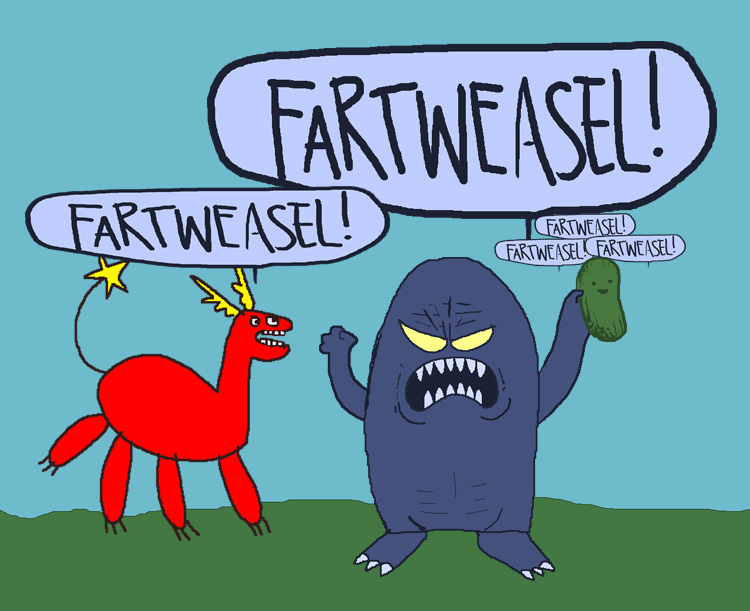Recently, I have been reading more and more articles saying that Alaskan lupines (Lupinus nootkatensis) are hindering the growth of trees in Iceland. Unfortunately, however, I could not find any valid reasons why this is so? The story goes that in 1945, the then director of the forest service brought two spoonfuls of seeds from Alaska to amfortify the nutrient-poor Icelandic soil, stop erosion in Iceland and prevent sandstorms. After all I know, lupines draw nitrogen from the air and store it in the soil. So why is that not good for native tree species, such as birch or larch?
I am not a biologist.
Your post reminded me of a Mossy Earth video I had seen recently
https://youtu.be/pQ-dSxYonog?si=NJJGnXBoHkMJKKBq
They discuss the pros and cons of lupin on the island.
Thanks for the link 😊👍
Icelander here. I think lupines are great! Large parts of my country have been eroded by wind so there’s no topsoil, just sand. We need hardy plants like lupines to start growing, bind the topsoil and make the area habitable for other plants, and eventually trees.
Some people are very much against lupine because it’s an invasive species and often grows where it isn’t supposed to. But I think building that top soil is a necessary start and lupines are some of the most effective plants at doing that.
Large swathes of the southeast coast have been transformed from a desert to beautiful lupine fields in just the last few years. And now I see trees popping up in places where there were none only a few years ago. It makes me hopeful for the future of Iceland.Another Icelander here. Agree with your comment, I like it and I believe it does a good job of binding the soil with the added benefit of being fucking gorgeous when blooming.
I believe that the main fear (which I don’t agree with, but I haven’t done ANY research) is that it will suffocate some of the local fauna, which are these tiny artic plants.
So where there is only sand this isn’t a problem but the lupine is quite an aggressive grower and the fear is that it starts growing where the native plants are doing OK and then steals their very limited resources.
Thank you very much for your insights as an islander. 🙏🏼 Very interesting! Do you know what kind of trees there are growing now? And were you able to observe a natural decline of lupines, provided that in one place the soil was supplied with enough nitrogen at some point, so that other plants could repress the lupines?
The government is currently funding a huge reforestation project around the country. The goal is to plant only native species such as birch, larch, poplar and different species of pine trees. You can find more information about the project at skogur.is.
Disclaimer: am not a biologist :)
Interesting! My wife loves lupins, and we’re on the west coast of Canada where they’re native as I understand it – but apparently they can steal resources from other plants where they aren’t native (thought they do indeed fix nitrogen)…
This link describes some of the good and bad, only hinting that they’re not as good for eastern ecosystems; nothing specific about how they might affect birch or larch:
https://www.cbc.ca/news/canada/new-brunswick/lupins-invasive-species-1.6488784
…and yet, this page here says lupine and birch do better when together (though I just skimmed the article, perhaps Alaskan lupine is different):
I won’t speak to the specific plants because the other answer was good but I work in invasive weeds and to simplify why a nonnative might be bad for trees is that, usually, the “weed” will prevent germination or climb over/shade and choke out juveniles.
Basically, they take the “niche” from the native tree. Without a niche to get started in, they don’t start.
And usually the reason the weed wins the race is they don’t face the same endemic pressures a native tree does; be it either fungus, bacteria, insect, environment etc.
You mean how. Asking why a plant does something is going to get you an answer like “because it evolved that way”.
Thank you for clarification. English isn’t my first language and I haven’t really thought about the right interrogative word.





